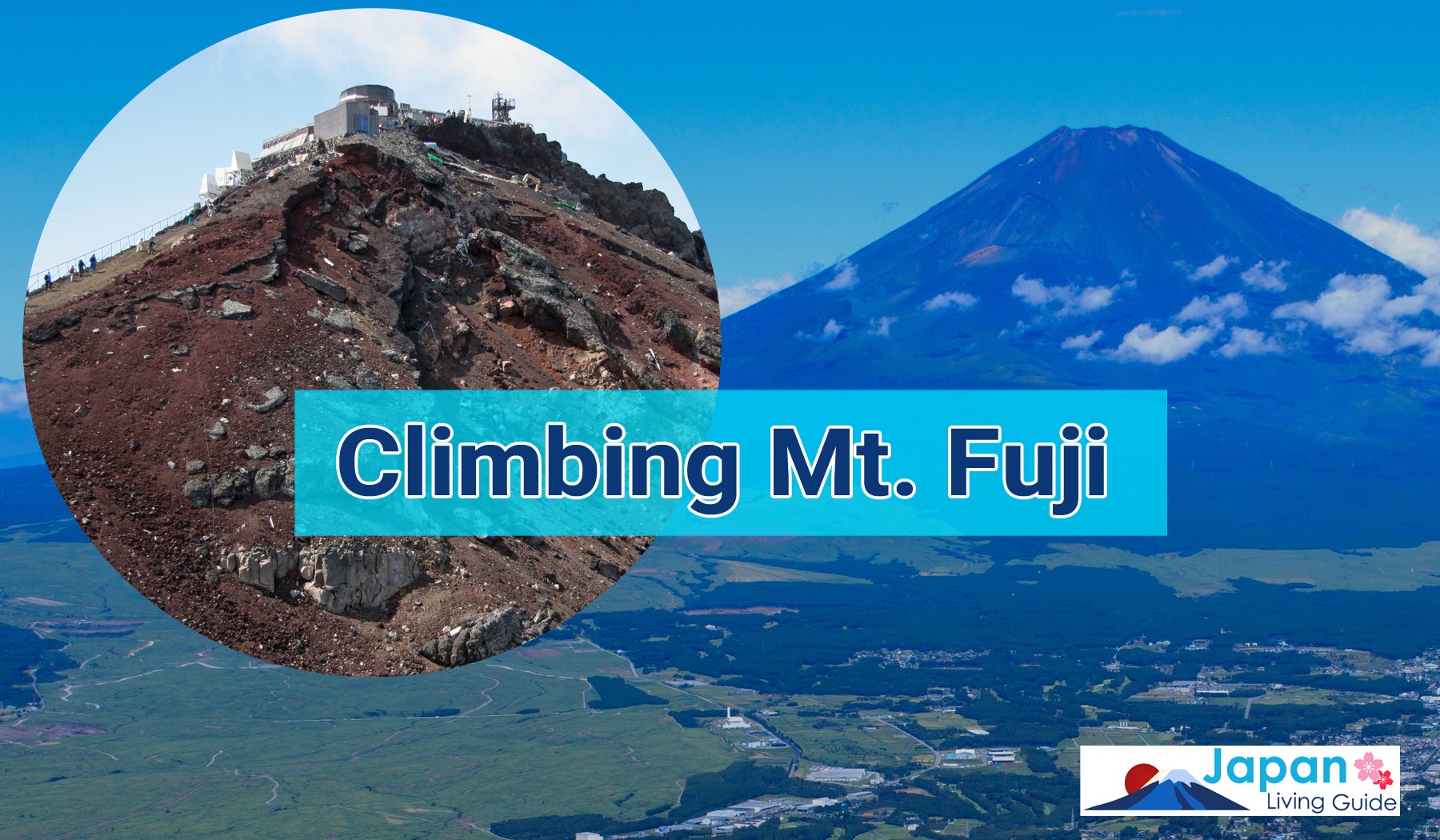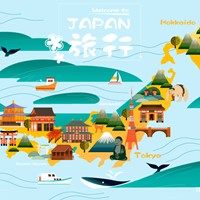What You Need to Know before Climbing Mt. Fuji

Mt. Fuji, the most well-known iconic landmark in all of Japan, lies just to the southwest of Tokyo. Visible from the capital on a clear day as a specter at the very edge of the horizon, Mt. Fuji has been called the one thing that all Japanese should climb at least once in their lifetime. Not that all do, but at least that's what they say. If you're thinking about participating in this time honored Japanese tradition, there are a few things you should be aware of.
When to climb

The official climbing season for Mt. Fuji is in July and August. The crowds peak during the school vacation period around July 20 and climax during the Obon holiday in mid-August. You can hike outside of these dates, but the amenities generally available to hikers, the mountain huts where one can rest and stay overnight if need be, and the readily accessible public transportation are not in operation outside of the official climbing season.
In terms of timing your trip, the climb up will take between 5–8 hours on average on the popular routes. Though the time it takes greatly depends on which route you pick and how crowded the trail is. Most climbers try to time their ascent to the summit to line up with the sunrise, which generally means starting your hike sometime between 10 p.m. and midnight if you're going to do the whole ascent at one time. If that is what you would like to do, make sure you get rested up before you start.

Where to climb
Once you've picked your date, it's time to plan your trip. There are four main routes to the top of the mountain and each has 10 stations along the way. The first station is at the foot and the tenth is the summit. There are paved roads that make a path to the fifth station of each trail.
Yoshida Trail
This is the most popular route, with a starting point easily accessible from the Fuji Subaru line. You can catch a bus directly from Shinjuku station that takes about two hours one way. The starting point for this route offers a beautiful view of the Fuji Five Lakes area below, and while crowded, it is a good choice for the novice hiker. There are numerous mountain huts along the way offering a rest for the weary climber. Also, this route offers the added benefit of being able to see the sunrise from the trail if you aren't able to make it to the summit in time.
Fujinomiya Trail
This is the shortest trail (average ascent time of 4–7 hours) and also the most accessible from the Tokkaido Shinkansen, popular with visitors from western Japan. This route is also well developed in terms of amenities so it is a good alternative choice to the Yoshida Trail if you're looking for a shorter climb. This route's unique feature is a side trail from the sixth station that takes you to a secondary peak called Hoeizan that overlooks Fuji's volcanic crater, which was formed during the last eruption in 1707–1708.
Subashiri Trail
The Subashiri Trail ascends the eastern face of the mountain and is the second easiest route to reach from Tokyo. This trail, while less developed than the Yoshida and Fujinomiya trails, is unique because its starting point is at a lower elevation below the tree line. As such, the hike starts with a walk through the forest before rising up to meet the Yoshida trail at the eighth station.
Gotemba Trail
The Gotemba Trail is by far the most challenging since it is the longest (taking 8–10 hours to ascend) and the least developed. The upside is the descent, where there is a section known as the Osunabashiri (literally, "Big Sand Run"). The trail straightens out and you can run down almost a third of the mountain in a very short period of time.
How to climb
In addition to picking your route and date, there are some other things to be aware of. While the trails are well marked and there are many amenities available, you still need to be prepared.

· Shoes: Bring good shoes for hiking that lace up to and provide support for your ankles.
· Clothing: Even though you will be climbing in the summer, Mt. Fuji is a tall mountain with little to no cover on the rocky terrain so temperatures can drop sharply after dark. As such, you should pack warm clothing.
· Flashlight: Since you will likely be climbing in the dark, bring a flashlight and spare batteries.
· Food: Be certain to pack enough food and water for your ascent and descent in accordance with whether or not you plan to stop at mountain huts.
Altitude Sickness
Altitude sickness is a real possibility when climbing Mt. Fuji. The higher you go, the thinner the air gets and even the most physically adept climbers may suffer from oxygen deprivation. If this is a concern, consider doing the hike in two stages, climbing up to the seventh or eighth station and stopping at a mountain hut to rest for a few hours and recover your strength before making the final ascent to the peak. Oxygen bottles are available for purchase at some huts, which can provide a temporary remedy as well. That said, the only certain cure is to descend the mountain.
The central crater at the summit of Mount Fuji

The sunrise from the summit of Mount Fuji

Other resources
For additional information, visit the official site for climbing Mt. Fuji. You will find detailed information on Fuji weather conditions, mountain hut access, and all sort of other resources. There are also articles from TimeOut, and JR East.
HATO BUS also arranges interesting tours in English departing from Tokyo.
















